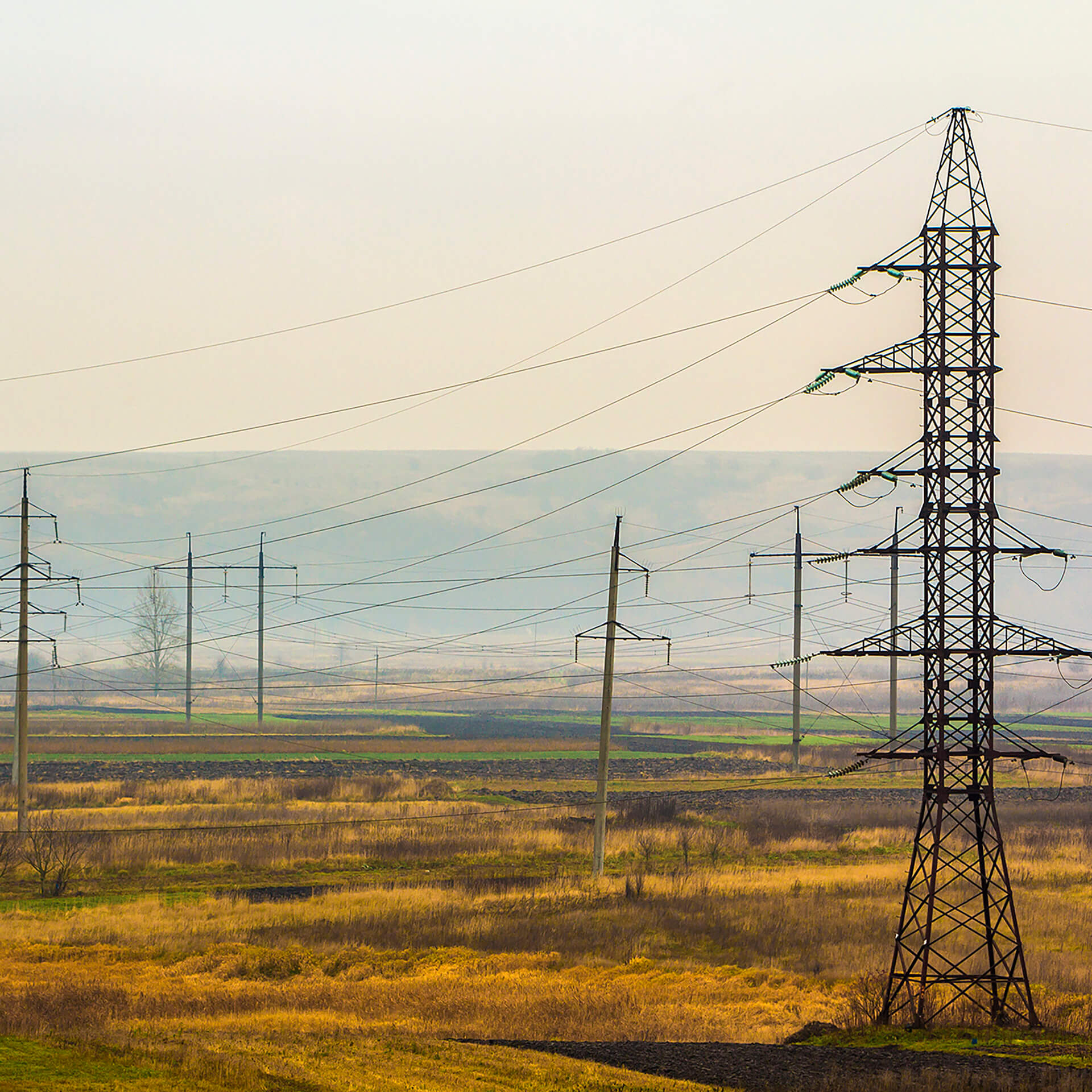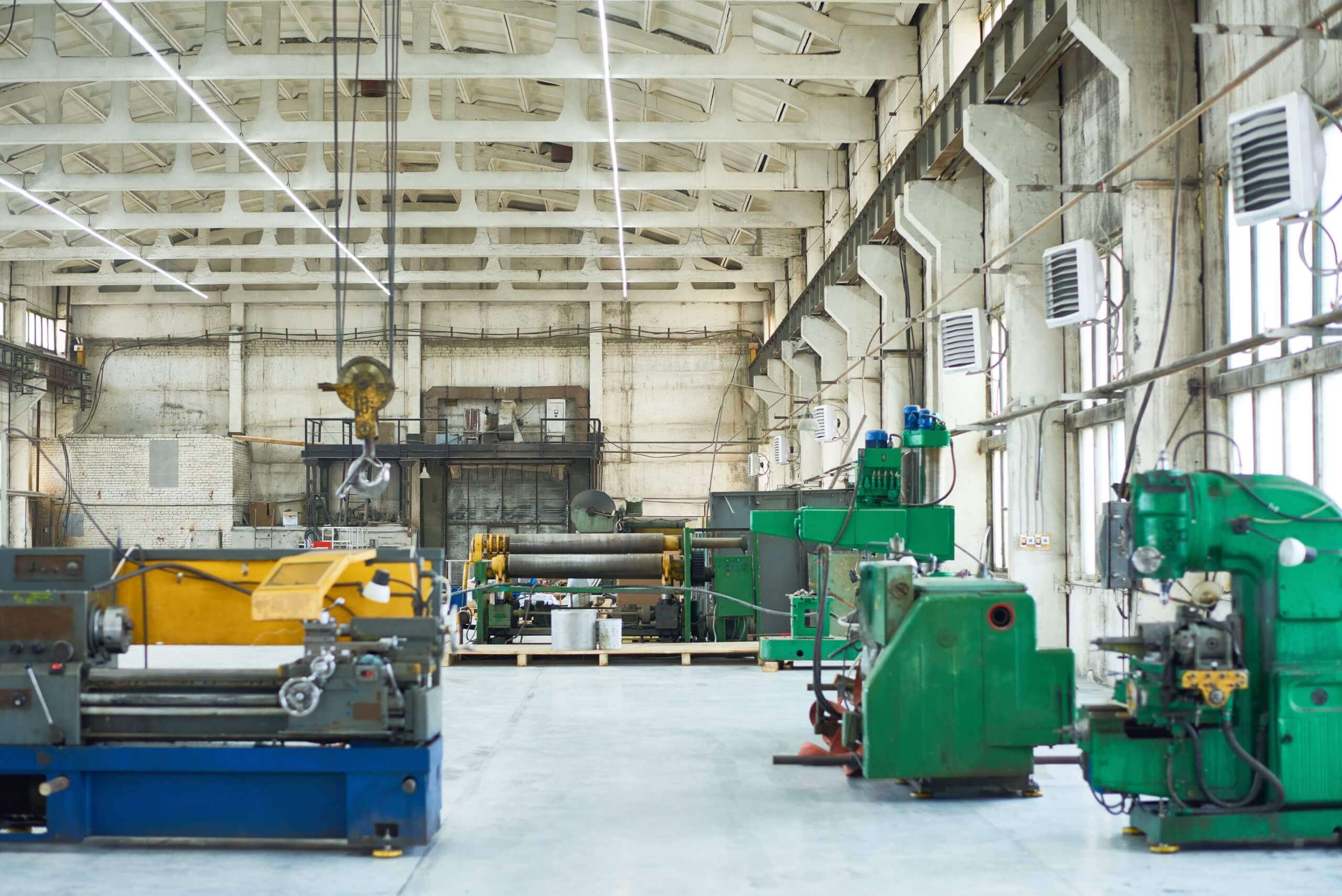Heat networks: What’s next for developers and heat users
26th March 2025
“Having worked on a number of heat network projects, I’m excited to see how the government’s heat network zoning can deliver new and extended networks in cities across the country. In this article, we provide an update for commercial and industrial developers and heat users on heat network zoning in England, and take a look at what’s next for heat network policy.”


Heat networks and heat network zoning
Heat networks distribute heat to buildings via a system of insulated pipes from a central source of low-carbon heat generation. They work well in densely populated urban areas, taking heat from large scale renewable and recovered sources, and delivering it to nearby consumers. We reported on the importance of heat networks in achieving net zero targets and the interaction with planning policy in our September 2023 update.
Recent policy decisions have signalled continued support for heat networks. The Energy Act 2023 introduced a regulatory framework for heat networks and provides powers to formally designate heat network zones (HNZ) where certain buildings and low carbon heat sources will be required to connect to a heat network within a specified period (with limited exemptions).
The government believes that heat networks could provide around 20% of total heat by 2050. To achieve this goal, the Department for Energy Security and Net Zero (DESNZ) is providing targeted funding, policy, and legislative support to identify and accelerate projects across England.
To gather stakeholder views, the government published a consultation on heat network zoning in December 2023 to inform the drafting of future zoning regulations and develop guidance to support deployment of heat network zoning.
Policy in progress
The development of the heat network policy is ongoing. On 14 February 2025, DESNZ published the latest output of its heat network zoning pilot which is being used to develop and test a standardised national zoning methodology to identify suitable locations for HNZ.
DESNZ has worked with 28 local authorities, as well as technical and modelling consultants, to prepare a new suite of zone opportunity reports to develop representative examples of how the methodology could work. The reports illustrate the potential location of HNZ which would provide the lowest-cost, low-carbon heat to buildings.
The pilot methodology consists of two stages:
- A national mapping exercise (using a data-led spatial energy model to identify indicative zones); and
- A refinement stage where local stakeholders input into the review and refinement of potential HNZ prior to formal designation.
Lessons learned from the pilot will continue to inform policy development.
Applying the methodology: Heat network zoning in Leeds
A Zone Opportunity Report has applied the methodology to the Leeds city region (the Leeds Report). This is unsurprising as DESNZ announced last year that Leeds was one of the six towns and cities selected to develop England’s first HNZ. These areas are entitled to a share of £5.8 million of government funding and will receive prioritised support to advance to construction by the end of 2026.
The Leeds Report identifies 26 potential HNZ, with the demand to buildings required to connect totalling 1,000 GWh/yr. The largest zone identified was in Leeds city centre, which had a demand of 750GWh/yr across the 2,015 buildings potentially being required to connect. St James’s University Hospital, the University of Leeds and Leeds General Infirmary were all earmarked as key buildings for connection.
The Leeds Report discusses the existing heat networks operating in the city, including the Leeds PIPES network, powered by the Leeds Recycling and Energy Recovery Facility (RERF), and the proposed networks in the south bank and Skelton Grange areas. The Leeds Report suggests that the Leeds city centre zone could incorporate the existing heat networks and source heat from the RERF, the new energy from waste (EfW) plant at Skelton Grange, water source heat pumps, and industrial waste heat recovery. Key constraints to the city centre zone are the River Aire and the principal railway lines at Leeds train station.
The capital expenditure needed to network all buildings required to connect across the zones identified is estimated at £2.1bn. Albeit a high cost, this could deliver a carbon saving of more than 130ktCO2e per year.
Next steps
DESNZ is collaborating with stakeholders to bring forward secondary legislation to support the designation and construction of heat networks. This is encouraging, as robust policy is required to boost private investment in heat network projects.
We’ve already seen significant financial investment in heat networks in Leeds. In February 2025, SSE Energy Solutions secured £19.5 million from the Green Heat Network Fund for the construction and commercialisation of the Aire Valley Heat and Power Network. This privately developed network will be powered by the Skelton Grange EfW and complement the existing Leeds PIPES network.
Pending publication of the secondary legislation, the zone opportunity reports provide an illustration of how the methodology could work in practice. DESNZ has confirmed that the findings are subject to change and will be updated once the policy position is confirmed. However, they’re useful for stakeholders to assess the impact of HNZ and the capital expenditure required to develop them.
DESNZ is expected to use the response to their consultation to update the methodology and apply it across England, while launching a digital product to allow stakeholders to view HNZ on a map. We’ll monitor and report on future developments.
Heat network zoning: How we can support you
We’re a commercial law firm with a team of specialist Infrastructure & Energy lawyers experienced in all aspects of infrastructure and energy projects including planning, commercial contracts, corporate, construction and engineering and real estate.
Our Infrastructure & Energy lawyers advise public and private sector clients on all aspects of infrastructure and energy projects including heat network zoning and decarbonisation projects.
For further information or to discuss what heat network zoning may mean for you, please contact Ben Sheppard or any member of our Infrastructure & Energy team.









